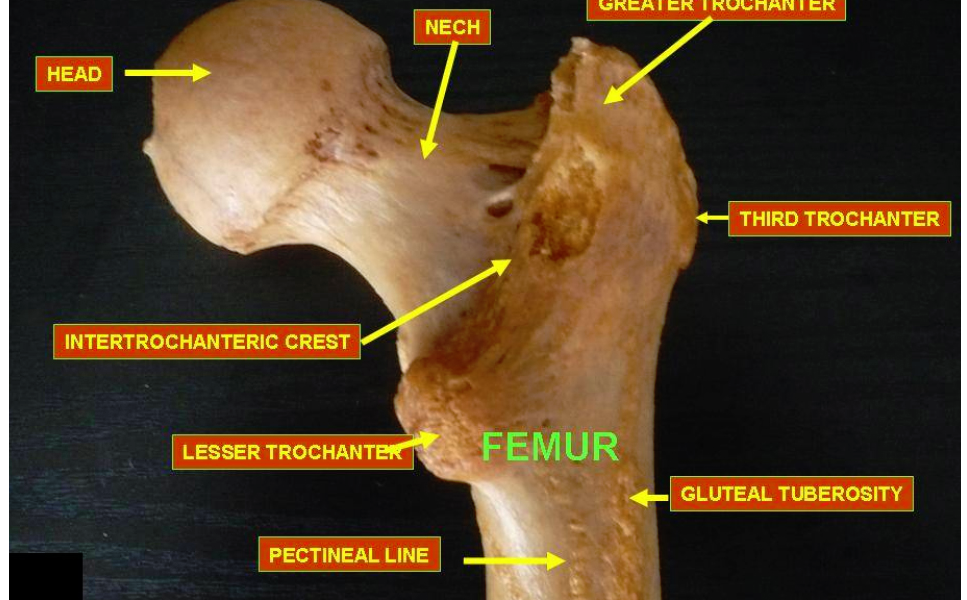

If non-operative care is chosen, regular follow-up care for a physical exam and x-rays is important to ensure that the fracture stays in good position and heals appropriately. Knee immobilizers, hinged knee braces and casts are all used to treat these injuries depending on the fracture type and patient characteristics.
FEMUR BREAK ELDERLY RECOVERY SKIN
Nonsurgical treatment is also recommended for adults with poor overall health, fragile or chronically infected skin and less active patients. Small breaks or those with good overall alignment often can be treated without an operation. This is because the strength of muscles that pull on the bones trying to pull them apart. Very few distal femur fracture patterns and types do not need surgery for the bone to heal. Sometimes an MRI is ordered for small fractures or to help diagnose stress fractures that do not show up on plain x-rays. A CT(Computed Tomography) scan is often ordered to help plan treatment and surgery. Often 2 or more x-rays are taken to show the injury pattern. This helps doctors and patients make an informed decision on treatment.

X-rays are used to evaluate the location and severity of the broken bone. Often, the bone tries to poke out of the skin or “tent.” If this is not corrected, the skin can die or the bone can eventually cut the skin. The doctor will look for any open wounds over the injury as these usually require surgery. Diagnosis of an injury to some blood vessels requires urgent surgery. Important nerves and blood vessels run next to this bone and can be injured when it breaks. Physical examination is critical in the evaluation of these injuries. If this is disrupted, arthritis can occur. The distal femur is also covered with a layer of cartilage that allows the knee to glide smoothly. The strong ligaments and tendons of the knee attach to the distal femur and allow for knee strength and stability. The distal femur is an important part of the knee joint because it forms the entire top half of the joint and the grove that the knee cap travels in. Reproduced with permission from OrthoInfo. John Zebrack, MD General Orthopedic Surgery Jeffrey Webster, MD General Orthopedic Surgery

Nichole Joslyn, MD Hand & Upper Extremity Thomas Christensen, MD Hand & Upper Extremity James Christensen, MD Hand & Upper Extremity Learn what hip replacement surgery involves and what you can do to aid in hip replacement recovery and rehabilitation.Nikola Babovic, MD Hand & Upper Extremity
FEMUR BREAK ELDERLY RECOVERY HOW TO

Breaking a Hip Elevates Risk of Death in Elderly Women.


 0 kommentar(er)
0 kommentar(er)
